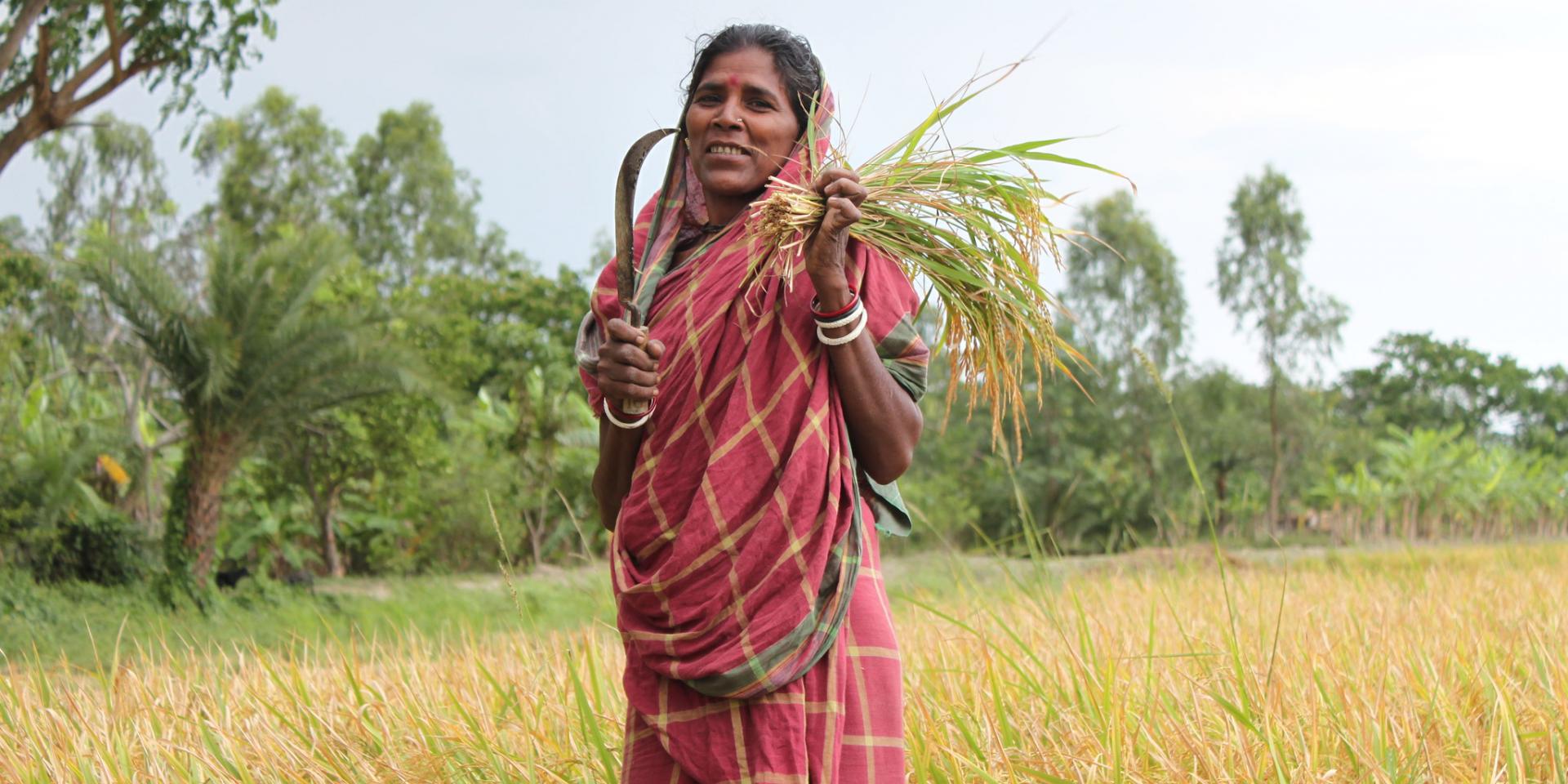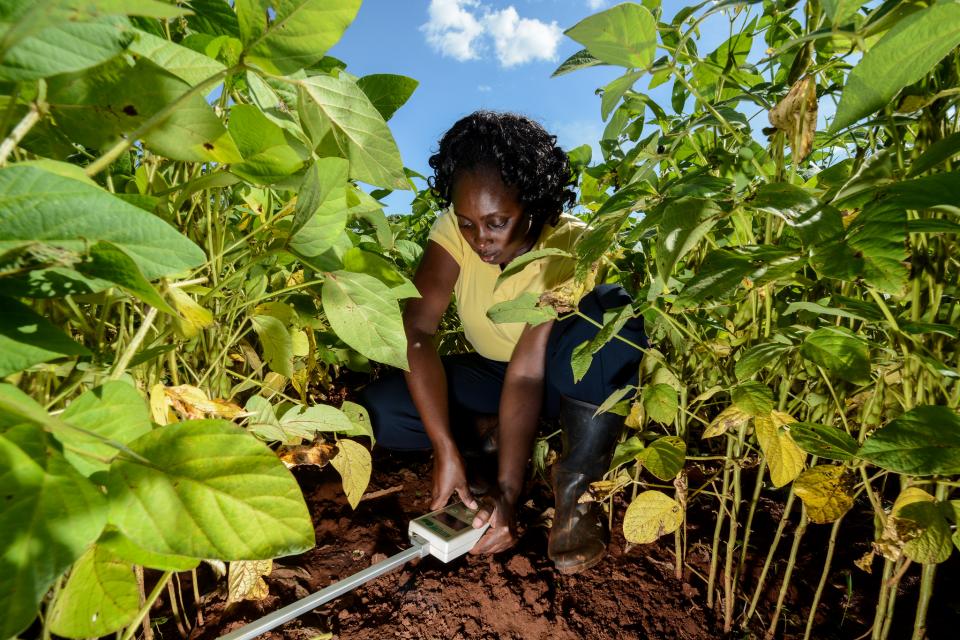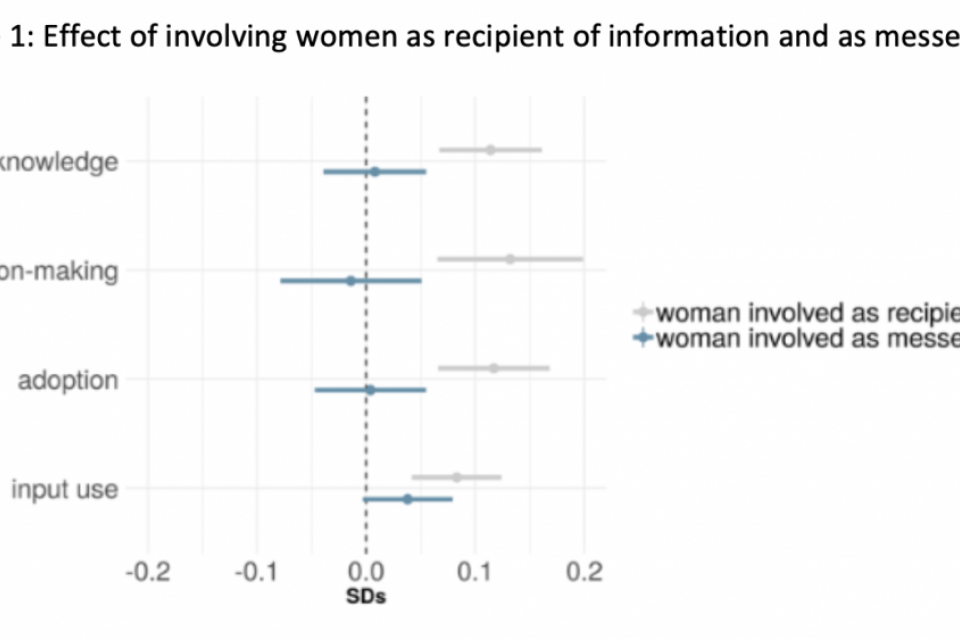How do we know if what we’re doing is really ‘gender transformative’?

Reflections by researchers: Miranda Morgan, Research Consultant, shares her starting list for key principles underpinning "gender transformative approaches".
So many questions and I was stumped:
“But is her organization’s approach really ‘transformative’?”
“Which of my project activities are ‘gender transformative’?”
“How will I know that I’m picking a Gender Transformative Approach when I make my strategy?”
“How do we know if what they have done is really ‘gender transformative’?”
I had been asked to deliver a short introduction on what constitutes Gender Transformative Approaches in the context of securing women’s land rights in a recent workshop. I was now viewed as the ‘expert’ on the topic, despite having far less real-world expertise than any of the participants representing communities from across Africa, Asia and Latin America and the Caribbean. And I was finding the questions from participants challenging, if not impossible, to answer.
‘Gender Transformative Approaches’ (GTAs) are in vogue. These approaches often appear as a bundle or menu of activities and processes which attempt to address deep-rooted and structural barriers to gender equality. Approaches targeting restrictive social norms for women are especially highlighted.
International organisations and small NGOs alike agree that GTAs are exactly what is needed to address gender inequality. The rationale of turning to approaches that tackle the root causes of gender inequalities and not only the symptoms is without fault. And the limitations of most gender-responsive and gender ‘gap-filling’ approaches (which often still manifest as “women-in-development") are apparent.


